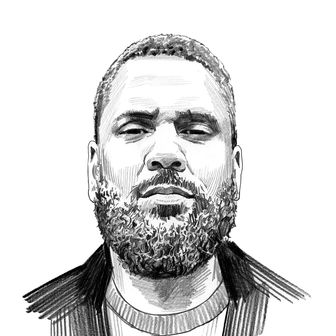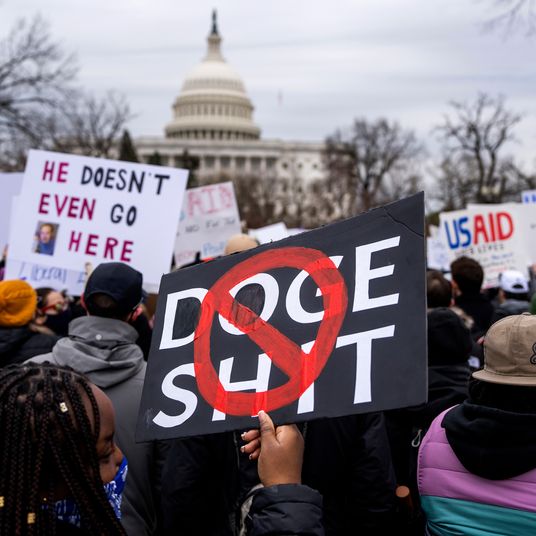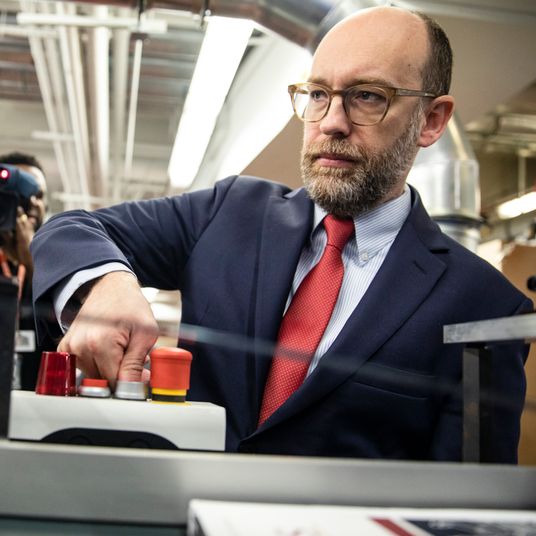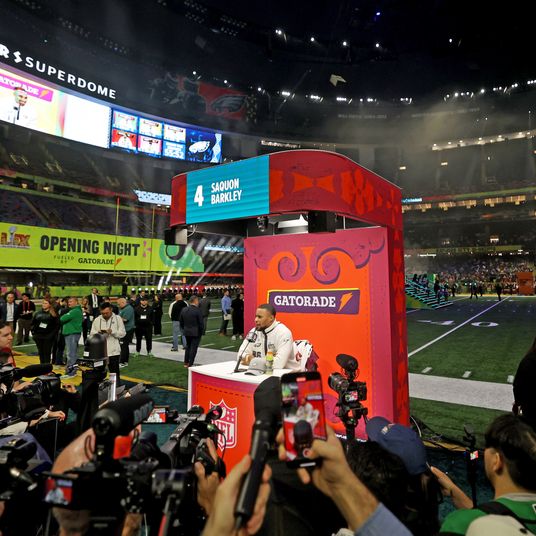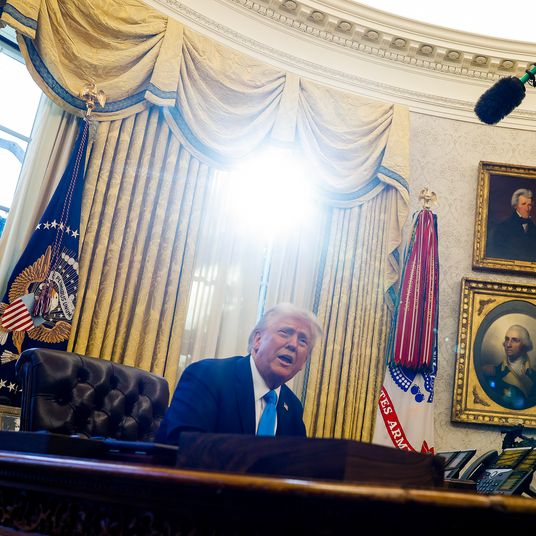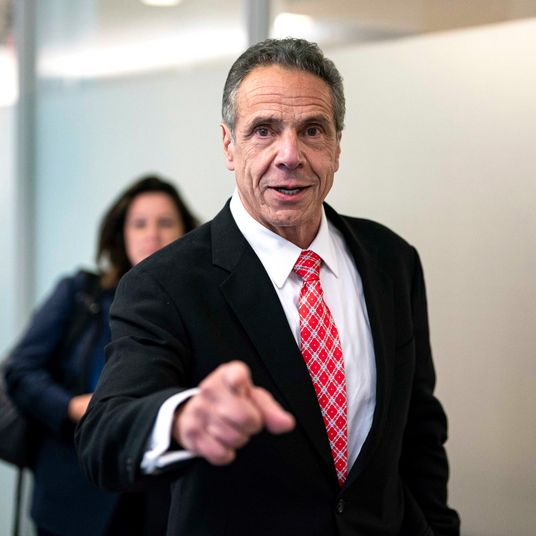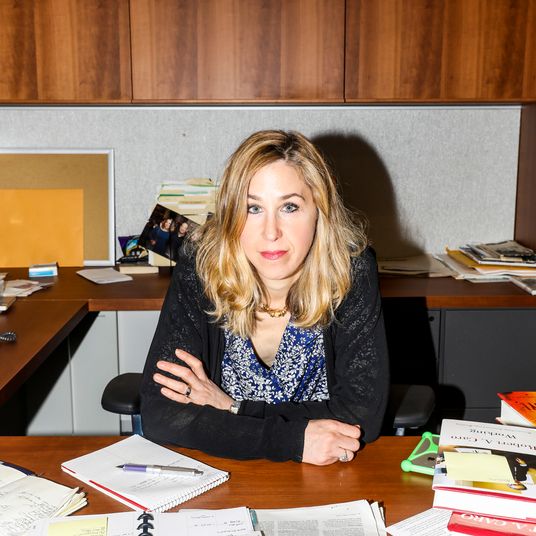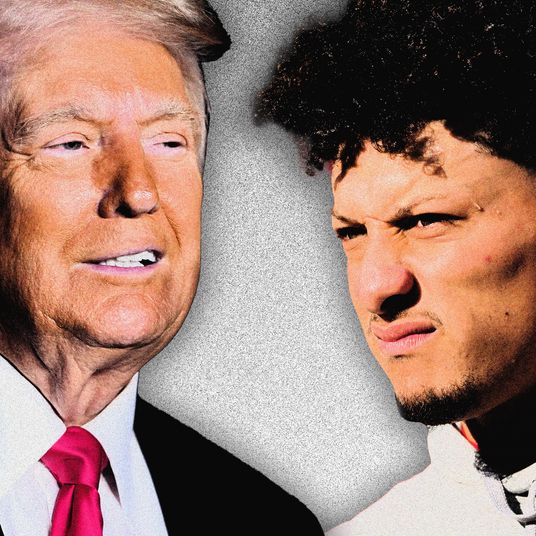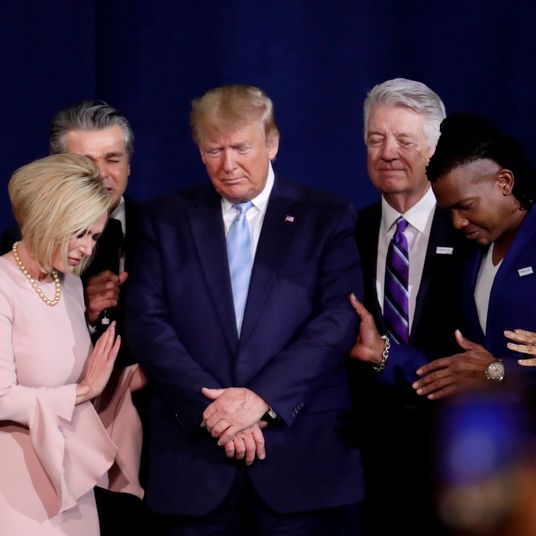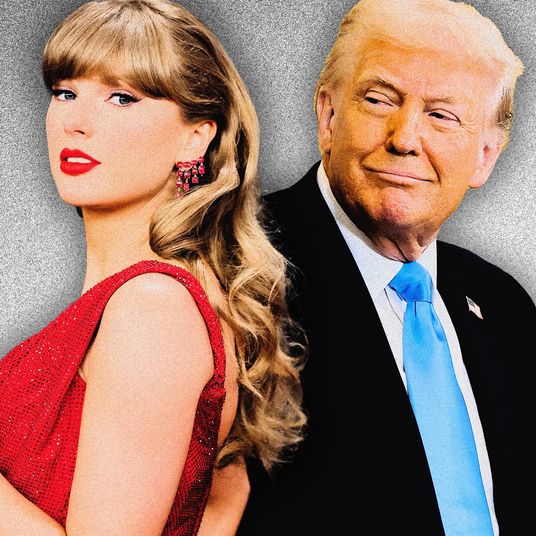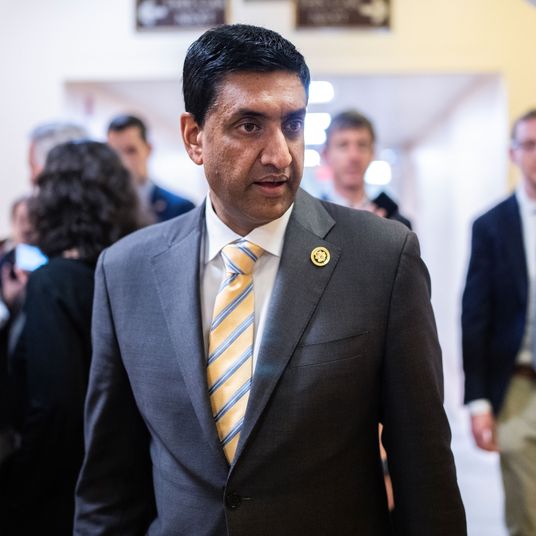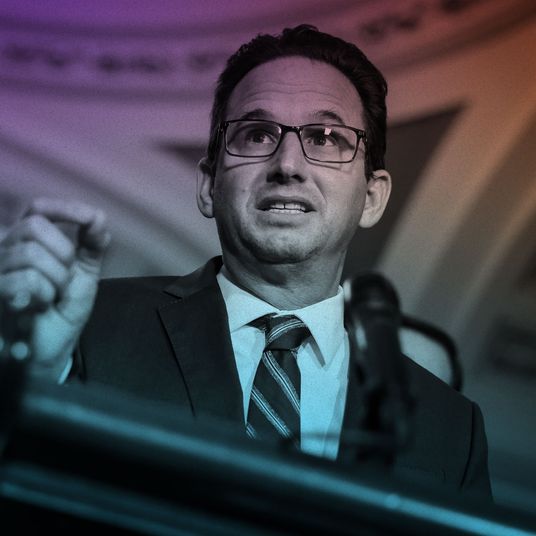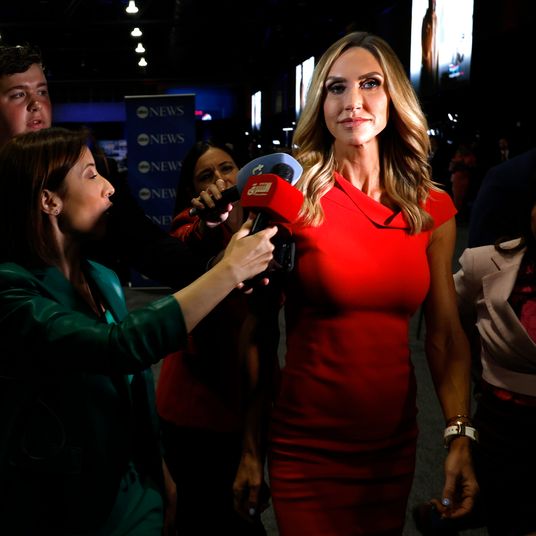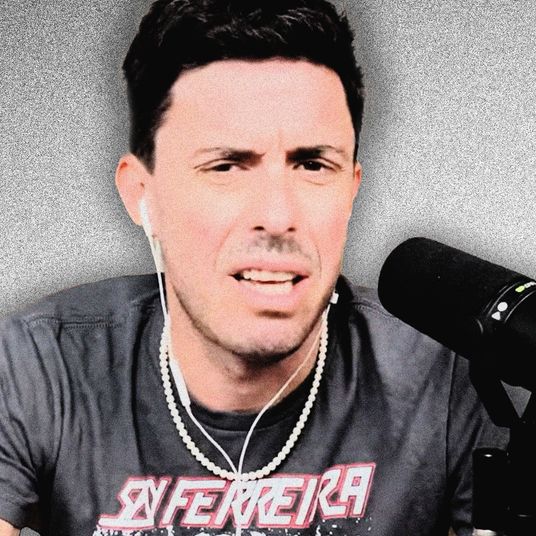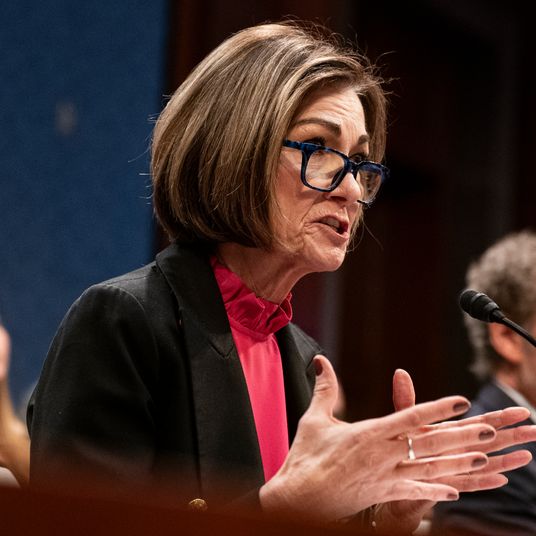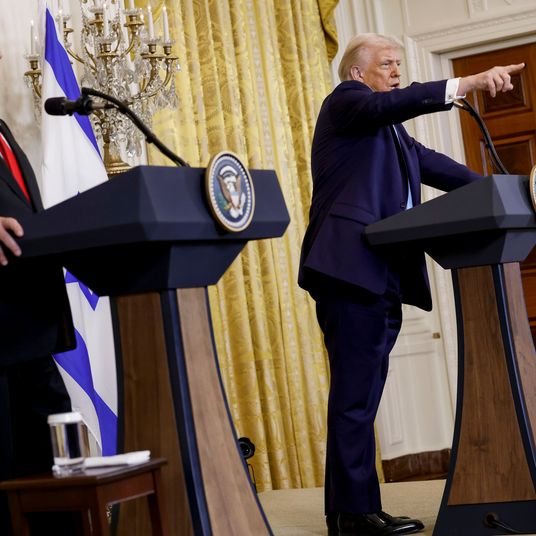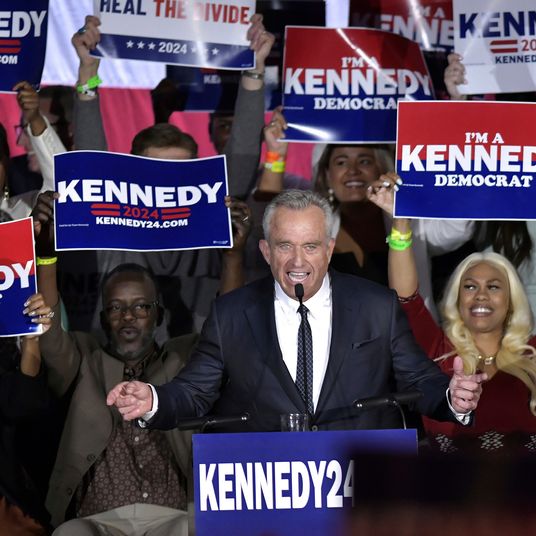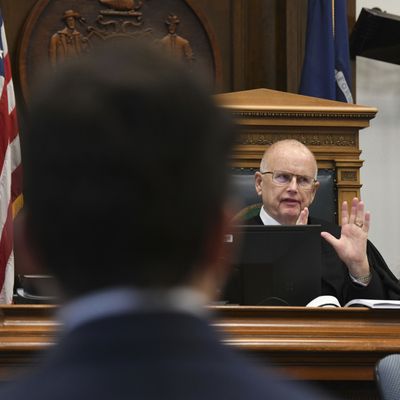
Imagine for a second that you’re a diligent citizen, the kind who shows up on Election Day with a checklist. You’re in Wisconsin, so state politics are a mess. The Republican-held legislature has nothing but contempt for majority rule, which means your preferences matter about as much as their last gerrymander lets them. You’ve realized your better bet is to influence local issues. People got angry about a police shooting last summer and set fire to a car dealership near the town center, so you’re especially interested in who’s getting jailed and put on trial in your area. You know that some judges are elected at the county level, but in contrast to the cheesing glad-handers whose faces flood your mailbox around this time of year, your research hasn’t turned up anything useful about who’s banging the nearest gavel.
Bruce Schroeder is here to help. On Monday, the Kenosha County circuit court judge did something that circuit court judges don’t usually do, in Kenosha County or anywhere: He made national news. Schroeder is presiding over the trial of Kyle Rittenhouse, the teenager who shot and killed two people, and injured a third, using an AR-15-style assault rifle during the unrest in Kenosha that followed the police shooting of Jacob Blake in the summer of 2020.
By most accounts, Rittenhouse was living out a fantasy. He was 17 years old and fawned over cops on social media. He had attended several police cadet programs before self-deputizing last August and driving from his hometown of Antioch, Illinois — half an hour away — to patrol Kenosha. He was filmed two weeks before the killings saying he wanted to “start shooting rounds” at people who looted stores, and was greeted warmly by cops when he arrived in Wisconsin, one of whom was filmed thanking him.
Judge Schroeder’s ruling that made the news was, on its surface, boringly semantic, and apparently standard for him when self-defense claims are being disputed. He said in a pretrial hearing that he wouldn’t let the attorneys refer to the dead (Joseph Rosenbaum and Anthony Huber) or injured (Gaige Grosskreuz) as “victims” — partly because the jury might later decide they were assailants whom Rittenhouse was justified in shooting. What caused a stir was that Schroeder also said he might let the attorneys call them “rioters” or “looters” if evidence of either behavior was presented. His explanation for allowing those and not the other was that “‘victim’ is a loaded, loaded word” — a term that could unfairly influence the jury’s feelings about the men who were shot, and thus its feelings about whether it was okay for Rittenhouse to shoot them.
Terms “such as ‘rioters,’ ‘looters,’ ‘arsonists,’ are as loaded, if not more loaded, than the term ‘victim,’” retorted Thomas Binger, one of the prosecutors. Whatever you make of his reasoning, Schroeder’s ruling was flagrantly political. It set up a clear hierarchy of permissible terms that was rooted in a clearly biased logic of who should get the benefit of the doubt in the case of a boy who crossed state lines with a firearm so he could play vigilante against anti-cop demonstrators.
Schroeder knows how this looks. He was appointed to his seat in 1983, officially elected for the first time in 1984, and has won all of his elections in the intervening 37 years. At age 75, he’s been a judge in Kenosha County for most of his professional life, and understands that when the media spotlight is on during one of his trials, rulings like the one he made on Monday could be — for better or worse — the closest thing voters get to a campaign ad.
The notion of a politicized judiciary has become a source of escalating glee for conservatives, panic for progressives, and furious denial for many of the judges themselves and their flacks in the punditocracy. This is especially clear with the U.S. Supreme Court. Some of its justices have become so invested in dispelling the obviously true perception that the country’s highest judicial body has become, in its current makeup, an organ of the conservative movement, that they’ve started writing delusional books and making whiny and defensive speeches at college campuses to plead their case.
But unless some dramatic structural revamp is around the corner, this isn’t something the average person can do much about. Supreme Court justices are appointed for life and can only be replaced, if they die or retire, by whichever president’s in office at the time — and only then if a Senate majority permits it. Not so at the local level. Circuit court judges might seem like a fact of life because nobody knows what they’re doing most of the time, and because they often run for reelection unopposed, but the typically clandestine nature of their work is actually, and incongruously, beholden to democratic will.
That doesn’t mean when you try Googling them before Election Day, you’ll get more than one or two hits clarifying their ideological positions. You still won’t see many judges featured in political campaign materials, or find many helpful details about them in most of the voter guides that local advocacy groups put together. So when someone like Schroeder comes out with a position like he did on Monday, during a major trial like this one, it gives voters something basic they rarely have when choosing judges: information. It’s not everything, but when Election Day comes around — in 2026, for Schroeder — it can be the difference between choosing an accountable public servant and a menace who issues edicts from the dark.


